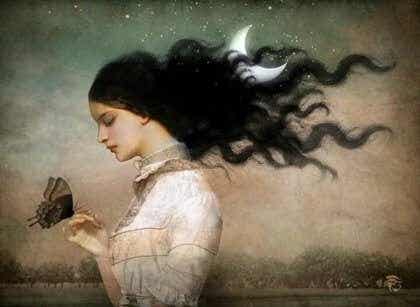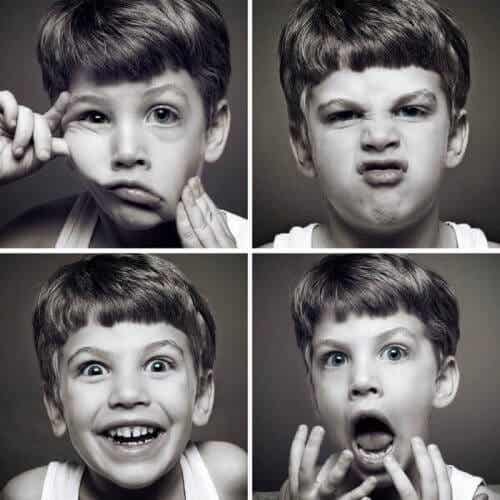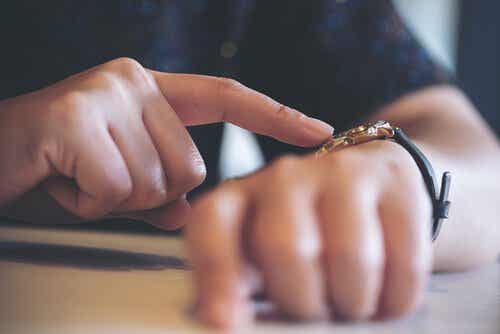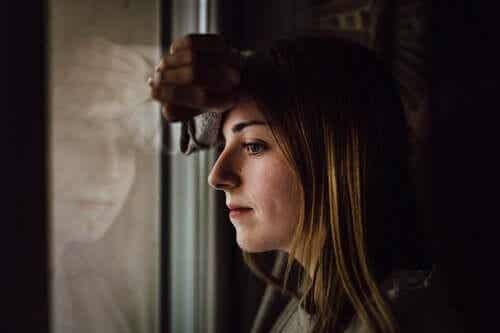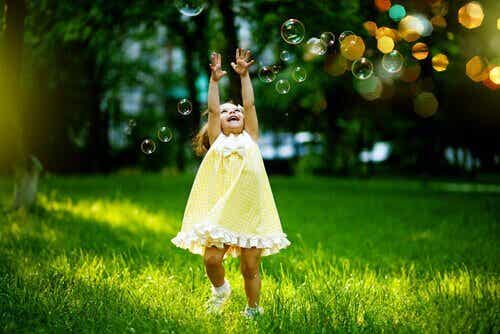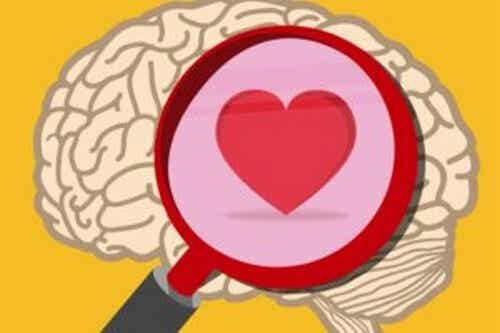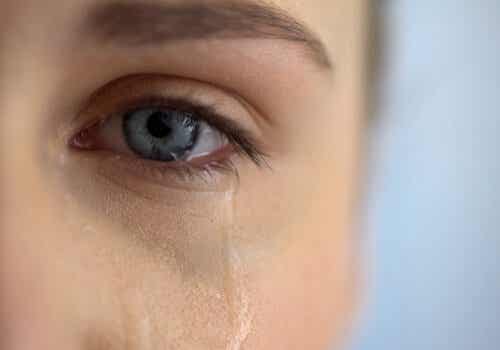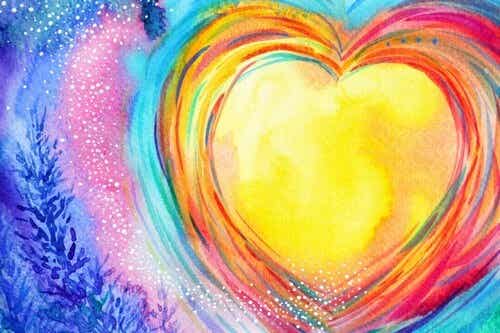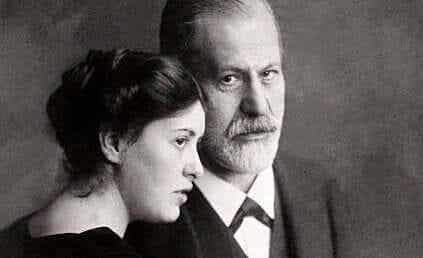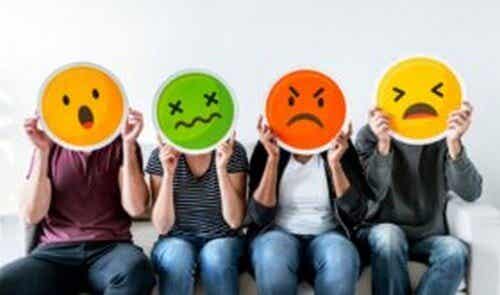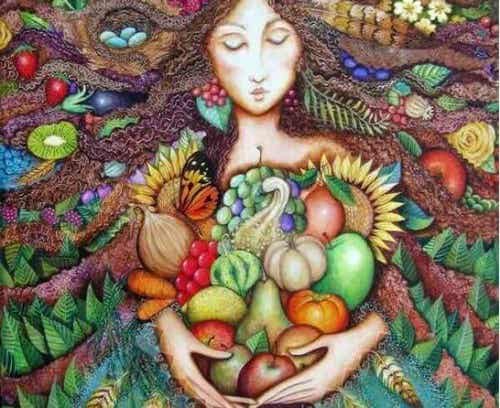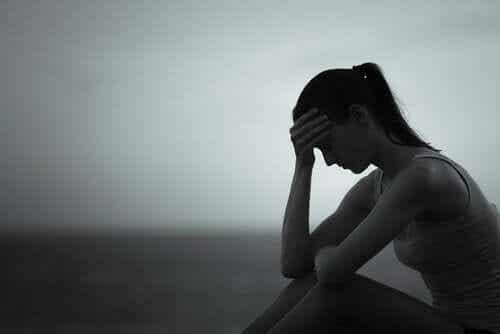Affective ambivalence is the demonstration of the high complexity of man. We are beings able to hate and love at the same time, to feel affection and disappointment together, enthusiasm and sadness in a single second ... These are normal and recurring stages.

Written and verified by the psychologist GetPersonalGrowth.
Last update: 15 November 2021
Affective ambivalence is a complex emotion that gives rise to contradiction and tension. It is an example of this when we love and hate someone at the same time. Feeling a strong affection for a close person, but also experiencing a certain resentment towards them. Loving a friend, but feeling that relationship is harmful ...
Why does man experience opposing and adverse feelings? Is he a normal phenomenon or does he respond to some imbalance? The answer is simple: we are faced with a perfectly normal reality which in turn defines the high complexity of the human being in the emotional field.
This topic is also attracting interest in the scientific community, counting on a good number of researches and studies in this regard. A phenomenon that at first sight has something of the romance or Shakespearean, for neurologists, psychiatrists and experts in emotional psychology responds instead to a precise mechanism, a reflection of how intricate the emotional fabric of our relationships can be.
Thus, authors such as Frenk Van Harreveld, of the psychology department of the University of Amsterdam, point out how affective ambivalence determines not only what we feel. This internal complexity, in fact, pushes us to behave in one way or another. Some women, for example, experience clear emotional ambivalence during the puerperium.
They love their newborn little one, but during the first few months they can experience a chaotic mix of emotions ranging from distress, rejection, tenderness and fear, due to the child's high addiction.
"You know that when I hate you, it is because I love you with a passion that unhinges my soul."
-Julie de Lespinasse-
Affective ambivalence: characteristics
Affective ambivalence is felt (pleasantly or not) by all human beings. When it comes to emotions, names like Daniel Goleman or Paul Eckman can easily come to mind. Well, it should be emphasized that this subject has been studied since the beginning of the twentieth century.
It was the psychiatrist Eugen Bleuler who first described affective ambivalence in 1911 as “simultaneous presence of two opposite feelings (attraction and repulsion), of two opposite directions of the will with respect to the same object”.
Since then, the field of psychology has been constantly interested in a subject that appears to touch upon distinct areas. But there is more, although emotional ambivalence is so common in our emotional relationships, in recent years, social psychology has also begun to take an interest in the subject.
The reason? Many of the decisions we make are orchestrated by contradiction (I want to buy this, but I can't now, I want to move to that country but I don't have the courage to leave my home, etc.).
Contradiction breeds malaise
Affective or emotional ambivalence generates a high degree of malaise. If there is something that troubles the human brain, it is precisely the contradiction, the misaligned points.
The energy and waste these dissonances produce are immense. To the point that sometimes we get stuck with conflicting feelings, such as when we are aware of the strong love or affection we feel for something or someone, but we are portrayed by a sense of anguish, rejection or even hatred.
We can love a person, but we hate his behavior, his attitudes and the way he treats us. All this can easily be traced back to the stage of adolescence, a moment of our life cycle in which contradiction reigns, where the search for new experiences is accompanied by fear, anxiety, desire, intensity and anguish all together. It is not easy to metabolize so many opposing feelings.
Emotional ambivalence prompts us to decide
We know that emotional ambivalence is synonymous with contradiction. Well, it takes on a positive role when it pushes us to decide, clarify or even accept certain situations. A mother going through the difficult period of her puerperium will gradually get used to her new reality.
When we love and hate someone, we are forced to understand the complexity of this feeling. Does love weigh more? Is the contradiction normal in a passionate relationship with a partner? Or do I have to become aware of my hatred to make a decision?
Dr. Laura Ress of the University of Michigan in 2013 did a study to show us an interesting aspect. Affective ambivalence favors self-awareness. The discomfort generated is in fact an element that our brain must calm and resolve.
It has been shown how these contradictions enhance our creativity, leading us to search for channels to think, vent and find original answers to resolve this contradiction.
Whenever we feel we are trapped in these personal labyrinths, chased by the Minotaur of emotional contradiction, we must stop, listen and wait. Perhaps there is an aspect that we need to resolve or accept.
Life itself is contradictory, consequently so are the affections. Loving is not easy and requires great responsibility and commitment, first of all to ourselves and then to others. Think about it.





